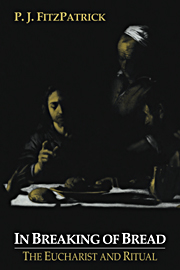3 - History and language
Published online by Cambridge University Press: 05 November 2009
Summary
RETURN TO A FALLACY
‘A little too miraculous’: so, one Sunday in September 1966, a preacher described the story of the raising to life of the widow's son at Nain – it had formed the Gospel of the Mass. The French writer Julien Green recorded in his Journal the congregation's calm acceptance of the description, his own astonishment (‘what then of the raising of Lazarus? Of Easter Day?’), and his feeling that the incident represented so much that had become amiss with the Church in recent years (Green 1977: 406). I submit that Green's anecdote recalls the Fallacy of Replacement, but now in a wider setting. In this setting the Fallacy raises wider questions, and will eventually lead us to consider the tensions that exist in the Church of Rome today. I begin my submissions by offering some observations upon narratives of the miraculous.
Miracle stories of their very nature combine the unusual with the workaday. If there were nothing out of the ordinary in them, they would not be concerned with the marvellous; but if that marvellous did not shew itself in human and homely settings, it would not be recognised as marvellous in the first place. The double-sidedness of these narratives has been further complicated by what biblical criticism declares about the structure of all the gospel texts – the shaping of them for doctrinal purposes, the use in them of imagery from earlier parts of the Bible and above all their having been composed among people who did not share our notions of investigation and explanation.
- Type
- Chapter
- Information
- In Breaking of Bread , pp. 108 - 132Publisher: Cambridge University PressPrint publication year: 1993

